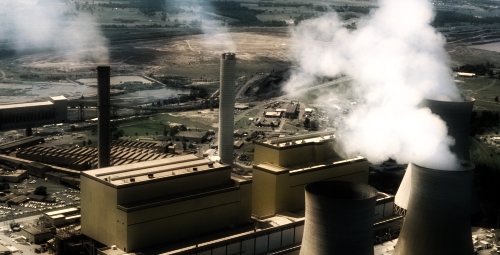
The Federal Government has denied it will impose an emissions intensity trading scheme despite public comments made this week by Environment Minister Josh Frydenberg.
Mr Frydenberg had announced that this may be an option explored during a review into Australia’s climate policies. This review was planned by then Prime Minister Tony Abbott in 2015.
Prime Minister Malcolm Turnbull, refuted Mr Frydenberg’s public address and announced the government wouldn’t consider an emissions trading scheme. Mr Turnbull describes it as another form of carbon tax.
The government has continued with this stance even though business groups and the Climate Change Authority have been advocating such a scheme.
There is also commentary that a joint report by AEMO and AEMC had modelled three options for reaching the Paris agreement of a 26-28% reduction in carbon dioxide emissions by 2030. These options included an expanded renewable energy target, paying coal-fired power stations to close, and an emissions trading scheme. The report is said to have found that an emissions intensity scheme best integrates with the electricity market’s pricing and risk management framework. It also had the lowest economic costs and the lowest impact on electricity prices. The report is also said to identify Tasmania’s reliance on the Basslink interconnector from Victoria, and South Australia’s high penetration of wind and solar as the biggest threats to the market.
The announcement that the Federal Government is not willing to consider an emissions intensity scheme has prompted the South Australian Premier to canvas support for a state based emissions intensity scheme. Both Victoria and New South Wales have rejected this proposal.
The Federal Government still considers their current Direct Action Plan to be the best way forward despite Danny Price who originally designed the plan now suggesting that an emissions intensity scheme could be up to $15 billion cheaper over a decade.
